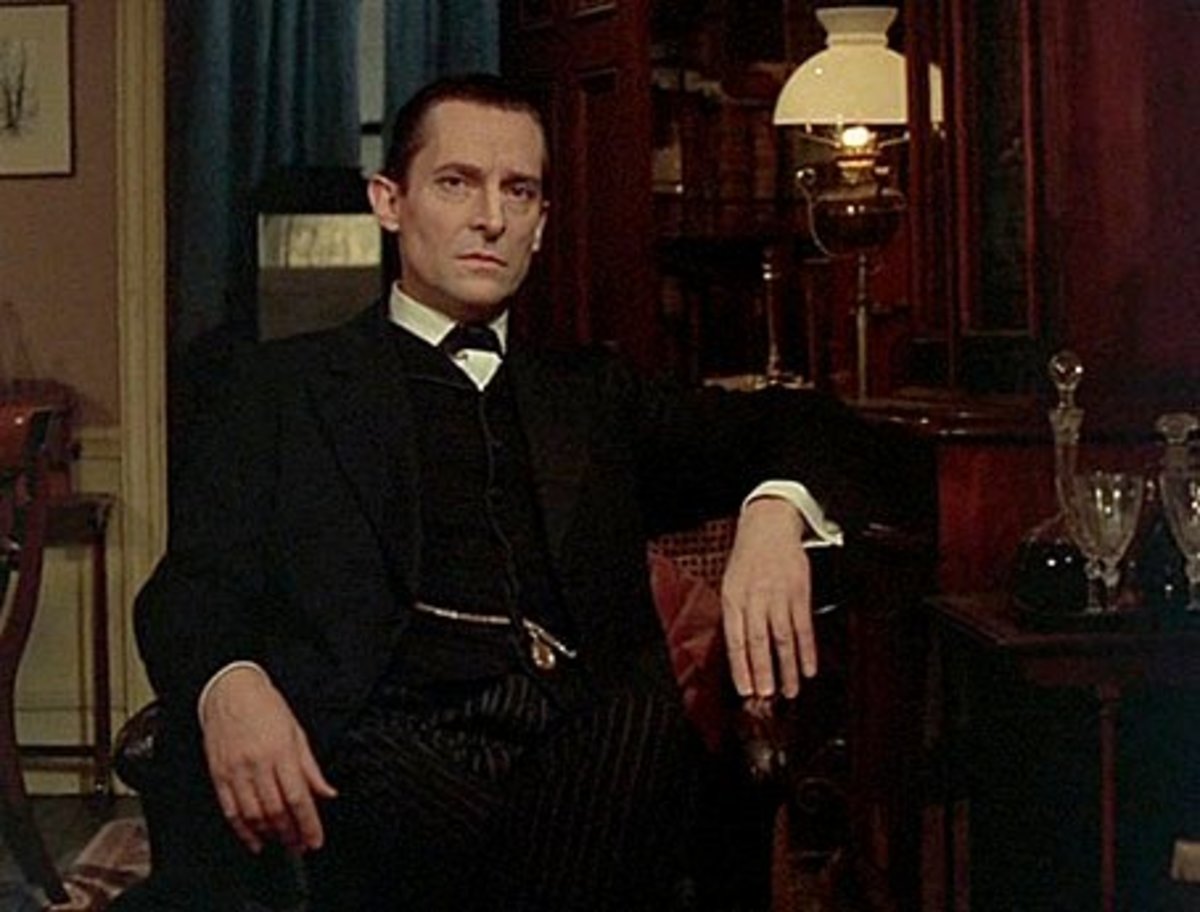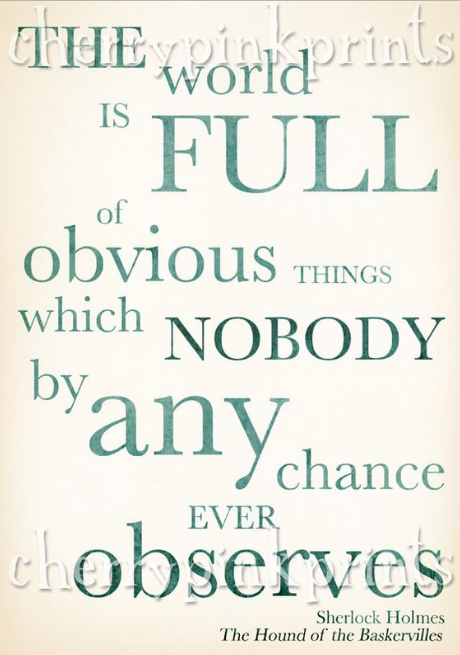It’s a metaphor from hunting, the literal meaning of which is that the prey (“game”) is out of covert and running (“afoot”), and usually implying that it’s time you were up and after it.

| System: PC | Review Rating Legend | |
| Dev: Frogwares | 1.0 - 1.9 = Avoid | 4.0 - 4.4 = Great |
| Pub: DreamCatcher Interactive / The Adventure Company | 2.0 - 2.4 = Poor | 4.5 - 4.9 = Must Buy |
| Release: Apr. 14, 2008 | 2.5 - 2.9 = Average | 5.0 = The Best |
| Players: 1 | 3.0 - 3.4 = Fair | |
| ESRB Rating: Everyone 10+ | 3.5 - 3.9 = Good | |
Paying homage to the literary works of great authors via creation of quality adventure games is clearly Frogwares' calling. Sherlock Holmes: Nemesis, the developer's fourth installment in the series of original titles based-on the famous detective, continues to raise the bar for adventure games. Nemesis pairs the charming wit of Sir Arthur Conan Doyle's well-known fictional protagonist (and his side-kick Dr. Watson) with French novelist Maurice Leblanc's tales of the gentleman cat burglar Arséne Lupin in a what-if face-off that makes for some truly engaging crime-solving gameplay.
For those who don't recall Holmes' previous sleuthing adventure on the PC, The Awakened sent him after a Chthulhu-worshipping cult bent on resurrecting dark forces to usurp humankind. Nemesis brings players back to more traditional ground with a new string of capers rooted in slightly more mundane subject matter than soul-eating demons, though it's peppered with humorous little references to the eerie escapade from the hissing statue of Chthulhu left on the desk to the bookstore owner who's dabbling in unusual experiments from an arcane tome.

The Game Is Afoot Holmes
At the opening of this latest adventure things have momentarily settled down for Holmes and Watson, but it's a short-lived respite. For several weeks, the newspapers have gone conspicuously silent on stories of the exploits of notorious French cat burglar Arséne Lupin. With the arrival of a suspicious letter signed by an 'Arseno Lotinho,' a carrot is dangled before Holmes and his counterpart. The document announces Lupin's intentions to pilfer five invaluable items from several of Britain's most famous locations, and it all but dares the detectives to take up the worthy challenge of catching the boastful criminal. Beginning with only a few clues in the form of a riddle, players must figure out each location to be burglarized and follow the trail of clues in an attempt to thwart their new adversary before it's too late. The task at hand quickly becomes an intriguing game of cat and mouse as Holmes and his cohort hurry off to throw a wrench in Lupin's malicious designs.
Like Holmes' last adventure, Nemesis strays from your standard point-and-click adventure game formula by utilizing a fully 3D, first-person perspective. This affords an excellent view of the grand scenery and quality detail etched throughout the many locations you'll encounter. You'll have to search high and low while taking in the pleasant views to snatch up crucial clues to aid you on your mission. In the same manner of a first-person-shooter, controls are handled using the WASD keys for movement and the mouse to look around and interact with objects or people. It's an excellent change of pace from the 3rd person P.O.V. many adventure games feature.
Sherlock Holmes The Game Is Afoot Cheats 2
However, minor flaws in the design pop up when searching out the many hotspots throughout your quest. Most interactive elements will not be indicated as such until you're practically right on top of them. This often requires players to charge head-first around a room or location while panning the camera and clicking frantically to hit the mark. In some cases, you're able to trigger a hotspot from what appears to be arms-length, but you essentially have to get in close 90 percent of the time because its hard to clearly delineate where the invisible line is drawn between what will trigger the interactive cursor to pop up or not.
Sherlock Holmes The Game Afoot Quote
Nemesis is a wonderful looking game, and the attention to detail - particularly in the scenery, historic paintings, and interactive elements - is very impressive. The characters themselves are well-constructed and realistic, though the mouth movements do not match up with the words being spoken. The game's overall system requirements are meager, but you'll need a solid graphics card to handle the visuals. Even with a sturdy 128 MB graphics card - as recommended on the back of the box - there was some minor lag in the mouse movements with the settings turned up. It doesn't cripple the gameplay; but it can be frustrating, and it's enough to give you a mild case of motion sickness. Turning the visual settings down to make the game run smoother doesn't appear to have any major impact on the quality of the visuals.